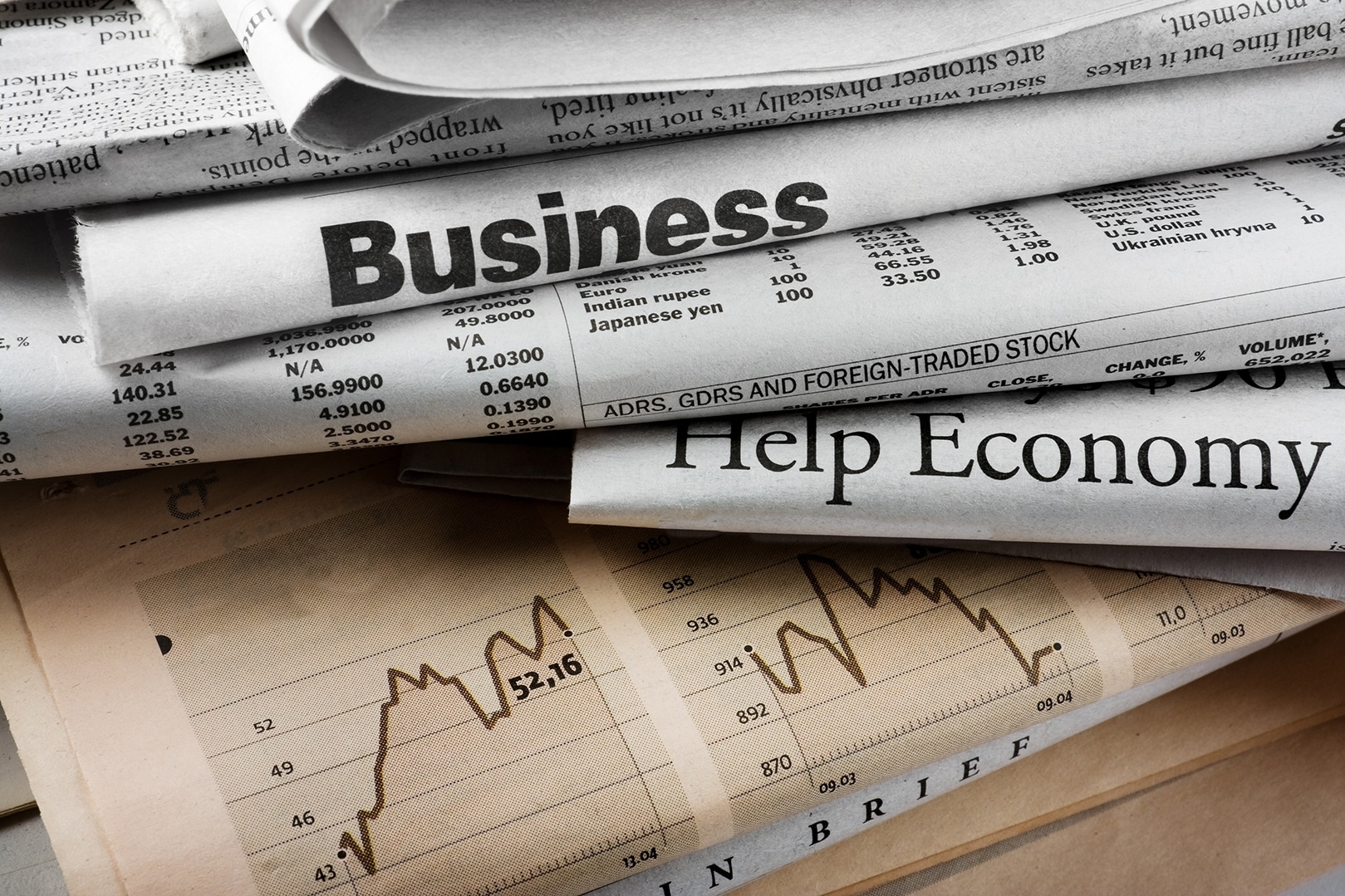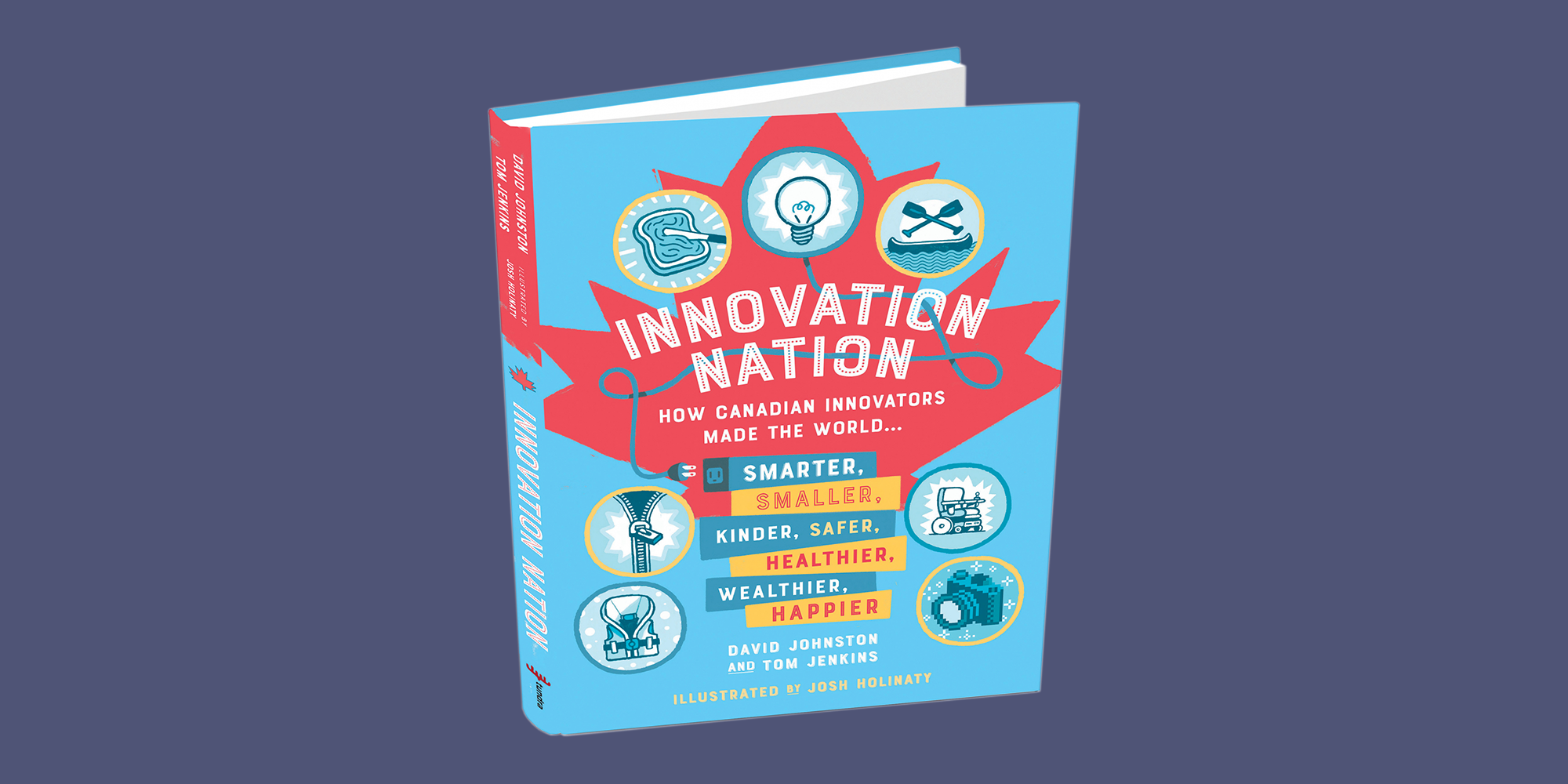Economic Crises Making Headlines Across the World Around the globe, the financial tapestry is undergoing significant tremors. From inflation spirals in emerging economies to debt ceiling dramatics in industrialized nations, every region is feeling the tectonic shifts of fiscal instability. The stage of global economics, once anchored by predictability and progress, now appears dominated by volatility and complex interdependencies. The latest economic crisis updates are not just sobering—they’re reshaping how nations, businesses, and individuals envision the future.
This overview unfolds the intricate financial narratives weaving through continents, unraveling not only the reasons behind the crises but also the cascading effects these challenges are sowing across markets, governments, and households.

Inflationary Wildfires and Consumer Despair
At the heart of many current crises lies a fire named inflation. Persistent price surges have become the unwelcome soundtrack of daily life in countries as varied as Argentina, Turkey, and the United Kingdom. While central banks wield interest rate hikes like fire extinguishers, the blaze remains unpredictable.
In Argentina, triple-digit inflation has become distressingly normalized. Prices double in months, and citizens scramble to convert pesos into more stable foreign currencies. Meanwhile, Turkey battles its own economic woes with a lira that continues to depreciate, diminishing purchasing power and eroding savings. The response? Complex subsidy programs and experimental monetary policy—moves scrutinized in daily economic crisis updates.
Elsewhere, in traditionally stable economies like Germany and the U.S., inflation has taken a subtler but still stubborn form. Rising costs of essentials—fuel, groceries, housing—pinch consumers, diminish discretionary spending, and create political blowback. Central banks raise interest rates, but with that comes slowed borrowing, a brake on investment, and whispers of looming recession.
Banking Sector Tremors
Banks are supposed to be bastions of stability. Yet the past year has seen unsettling echoes of the 2008 financial collapse. Silicon Valley Bank’s sudden demise triggered a ripple of fear that surged through the global banking industry, reinforcing just how fragile investor sentiment remains.
Credit Suisse, a Swiss titan, succumbed to liquidity issues and was rapidly absorbed by UBS in a government-mediated takeover. These events, flagged in major economic crisis updates, underscore the delicate balancing act of liquidity, leverage, and trust within the global financial ecosystem.
It’s not only about bank failures. Regulatory agencies worldwide have ramped up stress tests and capital requirement revisions, wary of hidden liabilities and overexposure to risky assets. While many banks pass muster, a pervasive sense of fragility remains. The unspoken concern? That another unforeseen shock could catalyze a domino effect of insolvencies.
Supply Chains Still Staggered
The pandemic-era supply chain woes were expected to dissipate. But global logistics remain tangled. Ports have reopened, yet cargo delays persist. Freight costs fluctuate wildly, and geopolitical tensions continue to upend normal trade flows.
China, long considered the world’s manufacturing nucleus, is now facing a multifaceted slowdown. Domestic consumption remains weak, property sector crises continue to balloon, and youth unemployment ticks upward. With every announcement, analysts pour over economic crisis updates from Beijing, parsing them for hints of recovery or deeper distress.
The war in Ukraine has compounded global commodity disruptions. Grain supplies are bottlenecked, and natural gas pipelines face sabotage and embargo. The effects reach far beyond the immediate war zone. African and Middle Eastern nations, heavily reliant on these imports, are facing food insecurity and soaring energy prices—pressures with the power to catalyze political unrest.
Currency Volatility and Sovereign Debt
Emerging markets are being battered by currency instability and crushing debt loads. As the U.S. dollar strengthens, countries with dollar-denominated debts find themselves trapped in a vicious cycle. Repayment becomes increasingly burdensome, eroding fiscal space and triggering austerity.
Sri Lanka’s default sent shockwaves across the region, while Pakistan teeters on the edge of its own fiscal abyss. Bailout packages from the International Monetary Fund have become lifelines, but come with stringent conditions—conditions that fuel domestic discontent and test political stability.
In Africa, Ghana and Zambia seek debt restructuring amid rising borrowing costs. These events, tracked closely in economic crisis updates, highlight the cyclical injustice of global finance: the nations least equipped to weather fiscal storms are often the first to drown in them.
Real Estate Reckonings
The property sector—once a safe harbor—now feels the pinch of economic turbulence. China’s Evergrande saga was merely the beginning. Massive oversupply, ghost cities, and unsustainable developer debt have led to a correction with implications beyond real estate.
In the U.S., rising interest rates have cooled the housing frenzy. Homebuyers are increasingly priced out, mortgage demand has plummeted, and commercial real estate faces existential challenges. Empty office buildings in major cities reflect not just post-pandemic work trends but also the broader unease in asset-backed lending.
Europe faces its own version of this conundrum. Countries like Sweden and the Netherlands have witnessed rapid property value declines, exposing over-leveraged borrowers and threatening the solvency of mortgage-heavy institutions. As analysts dissect the minutiae in daily economic crisis updates, a clear picture emerges: real estate, long considered invincible, is undergoing a revaluation reckoning.
Technology Sector Recalibration
Once hailed as the ultimate growth engine, the tech sector is undergoing a sobering transformation. Layoffs at major firms—from Meta to Amazon—are no longer isolated incidents but part of a larger recalibration.
Startups, once swimming in venture capital, now find the funding tap tightening. Valuations have deflated. Investors demand profitability over scale. The result? A sector once synonymous with boundless optimism now adopts a more cautious, contemplative tone.
Cryptocurrencies, too, have faced brutal contractions. With scandals like FTX’s collapse and regulatory crackdowns intensifying, digital assets have lost their luster for many institutional investors. These shocks—chronicled in detailed economic crisis updates—are reshaping the speculative landscape and prompting critical scrutiny of blockchain’s promise.
Labor Market Paradoxes
Unemployment remains paradoxically low in many advanced economies. Yet worker dissatisfaction is on the rise. Strikes, union movements, and calls for better working conditions are sweeping industries once thought immune.
In the U.K., rail workers and nurses demand fair pay amidst soaring inflation. The U.S. has witnessed a revival in organized labor, with campaigns at Starbucks and Amazon grabbing headlines. France has grappled with widespread protests against pension reforms.
In developing nations, underemployment shadows official numbers. Informal economies flourish, but fail to provide stability. The disconnect between economic growth metrics and lived reality has never been more apparent—a theme echoed in economic crisis updates that focus on the labor market’s evolving complexity.
Political Turbulence and Economic Fallout
Economic crises rarely unfold in isolation. Political upheaval often follows, feeding a cycle of instability that exacerbates financial strain. This year has already seen a slew of leadership challenges, protests, and regime changes sparked by fiscal discontent.
In Latin America, nations like Peru and Ecuador grapple with recurring protests tied to economic inequality. Inflation, crime, and corruption have fanned the flames of public disillusionment. Meanwhile, in Europe, rising populist sentiment draws strength from economic grievance.
In parts of Asia and Africa, trust in democratic institutions erodes as economic hardship mounts. This erosion is both symptom and accelerant of instability. Analysts in think tanks and newsrooms alike emphasize this linkage in their economic crisis updates—because where the economy goes, politics soon follows.
Climate Crisis as an Economic Catalyst
Natural disasters, intensified by climate change, are becoming economic wrecking balls. Hurricanes, droughts, and wildfires now carry not only human costs but also significant fiscal ramifications.
Pakistan’s catastrophic floods displaced millions and decimated critical infrastructure, requiring billions in aid. Australia and the U.S. wrestle with record-breaking wildfires that strain emergency budgets and insurance systems. In Southern Europe, droughts devastate agriculture, leading to food inflation and potential supply crises.
The growing realization? Climate resilience is not a luxury—it’s an economic necessity. As more economic crisis updates incorporate environmental data, a new paradigm emerges: climate and economy are no longer parallel concerns—they are intrinsically linked.
Central Banks in a Bind
Central banks walk a treacherous tightrope. Raise interest rates too aggressively, and recession looms. Move too slowly, and inflation rages unchecked. This delicate choreography is playing out in real-time.
The U.S. Federal Reserve, European Central Bank, and Bank of England have all tightened monetary policy—yet inflationary pressures persist. Meanwhile, rate hikes depress growth and squeeze consumers. Emerging markets, trying to match these moves, risk tipping into default.
Every tweak in policy sends shockwaves through bond markets, stock indices, and currency valuations. Financial journalists and economists scrutinize every central bank statement, dissecting it in their economic crisis updates for hints of dovish or hawkish pivots.
The Future: Adaptive Economies or Prolonged Pain?
What lies ahead? Forecasts vary. Some economists see a soft landing—modest global growth, declining inflation, and stable unemployment. Others warn of stagflation, a toxic brew of slow growth and persistent inflation.
Technology may offer solutions: AI, green energy, and digital finance promise transformation. Yet transition takes time, and the road is rarely linear.
Global cooperation remains essential, but geopolitical fractures—particularly between China, the U.S., and Russia—complicate efforts. Trade agreements, climate initiatives, and debt relief packages are all harder to negotiate in a multipolar world.
Yet the tone is not purely pessimistic. History shows that crises can be crucibles for innovation, reform, and reimagining. Nations that invest wisely—prioritizing education, infrastructure, and transparency—can emerge stronger.
Conclusion
Around the globe, economic crisis updates are no longer intermittent—they’re constant. Each headline, statistic, and government policy shift is part of a larger narrative of transformation. While challenges abound—from inflation to banking instability, supply disruptions to climate catastrophes—so do opportunities for reinvention.
The current moment demands nimbleness, foresight, and above all, collective will. Whether this era will be remembered for fiscal disintegration or foundational renewal depends not just on policies, but on vision.
As economies evolve, one truth remains immutable: resilience is the most valuable currency of all.







